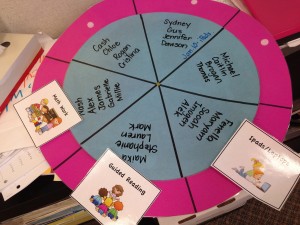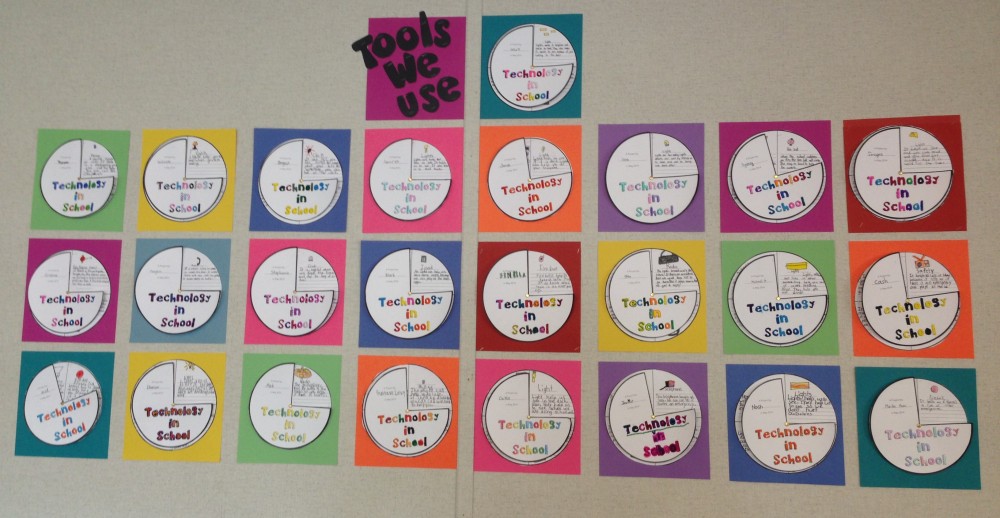As an educator, one of my top priorities is to guide my students to develop their best potential in an enriching environment. I am constantly asking myself, “How can I improve my lessons to meet the standard for students and the school community?” As I was discussing with my faculty advisor, the topic of ‘differentiation’ came up as a direction for me to handle students from different backgrounds. Therefore, this began the research for my inquiry project to support my students beyond the regular classroom set-up.
THEORY
Based on the principles of differentiation, I discover that the most effective way for me to teach is to make use of small groups. It would be crucial for me to assess students for learning so that they can work with partners at the right level of materials. My lessons are guided by their questions as they are motivated to learn independently and collaborate with others.
My Inquiry Project:
Differentiated Instruction Inquiry Project
My Powerpoint Presentation:
Differentiated Instruction Presentation
APPLICATION
In order to apply what I had learned from differentiation, my school advisor guided me in my extended practicum to use the ‘Daily 5’ system (developed by Gail Boushey and Joan Mosher). With her support, I was able to manage my Grade 2 students effectively to hit various levels of learning. It was vital to see students working on different task choices and levels related to the same topic, or even sometimes on different topics for extension activities. Because time management was one of my biggest challenges, I learned to prioritize the needs of students through differentiation using the system of ‘Daily 5.’ I felt that their best interests could be fully met in a small group setting when they felt empowered to ask questions, take risks and develop mastery in their work. Although they might have peers working at a different level, they were able to feel confident about themselves and their work in the classroom.

In the ‘Daily 5’ system, students were divided into six groups (instead of five) to work on their assignments based upon their level of understanding. Resources: http://www.thedailycafe.com/
By using the ‘Daily 5’ system, I learned to step back from direct instruction and walk around the classroom to guide as a facilitator. I was able to make observation notes, provide scaffolding in small groups and assist in the collaboration of students. In small groups, I was able to examine more closely and receive more student feedback. Occasionally, I would have myself or an Aide to work side by side with students who needed the extra help.
I believe that the balanced art of instructing students at various levels can only be achieved through the daily practice of careful implementation of small tiered lessons. Based on the principals of differentiation, I am committed to create an inclusive classroom environment as I value and care for all my students.
